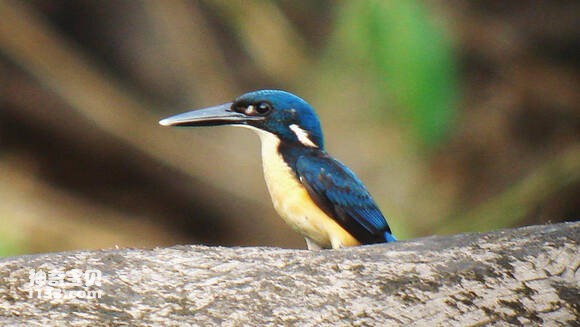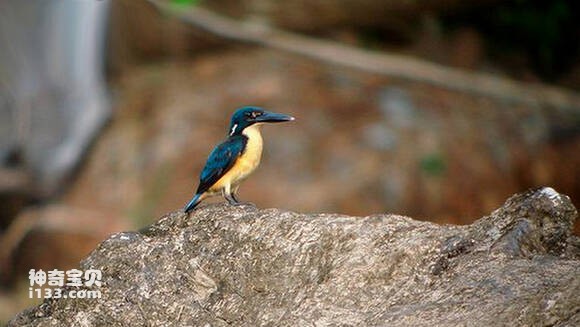Ceyx websteri
IUCN
LCBasic Information
Scientific classification
- name:Ceyx websteri
- Scientific Name:Ceyx websteri,Alcedo websteri,Bismarck Kingfisher
- Outline:Climbing birds
- Family:
Vital signs
- length:About 22 cm
- Weight:No textual research information is available
- lifetime:No textual research information is available
Feature
There is an orange stripe under the cheeks and a white spot on the nape of the neck
Distribution and Habitat
The Bismarck kingfisher is found on islands in the Pacific Ocean near Papua New Guinea (including Bismarck, New Hanover, New Ireland, Lishir, Umboi, and New Britain).
The Bismarck kingfisher inhabits lowland forests, slow-moving rivers, mangroves, lakes, reeds and other waters.
Appearance
The Bismarck Island kingfisher is a medium-sized river kingfisher with a length of 22 cm. The upper body and wings are blue-green, and the crest is blue-green with white and black spots. There are white spots on the wings. The abdomen is orange, the nape and chin are white. A short, bald tail. Black beak with orange-yellow patches at the base. There is an orange stripe under the cheeks and a white spot on the nape of the neck. Mouth thick straight, long and firm, mouth ridge round; No nasal furrow; The wingtip is long, the first primary feathers are slightly shorter, and the third and fourth feathers are longest; Tail short round; The body feathers are showy and luminous, often blue or green. The head is large, the neck is short, the wings are short and round, and the tail is mostly short; The mouth is long and pointed, the rostrum is round and blunt, the feet are very short, the toes are thin and weak, the fourth and third toes are mostly connected, and the second toe is only connecte
Details
Ceyx websteri, Alcedo websteri, and Bismarck Kingfisher are birds of the genus Kingfisher in the family Alcedo.

The Bismarck kingfisher is lonely, usually living alone on the branches or rocks near the water, waiting for the opportunity to hunt, the food is mainly small fish, and eat crustaceans and a variety of aquatic insects and larvae, but also pecking at small frogs and a small number of aquatic plants. When a kingfisher plunges into the water, it can also maintain excellent vision because its eyes can quickly adjust the contrast in the Angle of view caused by the light in the water. So the fishing ability is very strong.

The Bismarck kingfisher nests on earth cliffs or in river embankments, tunnelling burrows with their mouths, usually without bedding. The eggs are laid directly on the nest ground. Each clutch lays 6 to 7 eggs. Egg color pure white, bright, slightly spotted, the size of about 28 mm ×18 mm, 1 ~ 2 broods per year; The incubation period is about 21 days, and the eggs are incubated by both sexes, but only fed by the female.
International Union for Conservation of Nature (IUCN) Red List Protection Level: Vulnerable (VU).
Protect wild animals and eliminate wild meat.
Maintaining ecological balance is everyone's responsibility!








